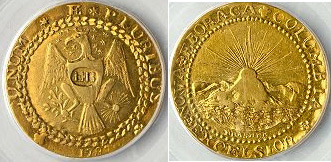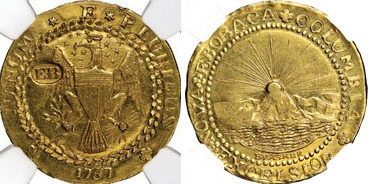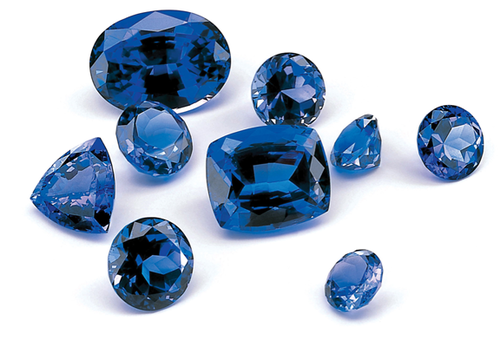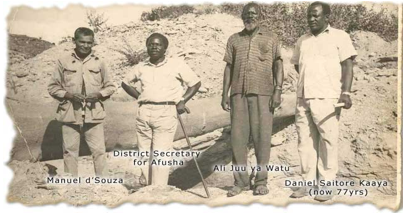Welcome to Music Friday when we bring you fabulous songs with gemstones, precious metals or jewelry in the lyrics or title. Today, we shine our spotlight on what is arguably the most famous rock band of all time – The Rolling Stones. Amazingly, the group is celebrating the golden anniversary of its very first gig, which took place in 1962 at London's Marquee Club. At the time, they were billed as "The Rollin' Stones." They added the "g" later.
The group appeared at London's Somerset House just yesterday to kick off a retrospective photo exhibition commemorating their first half century together.
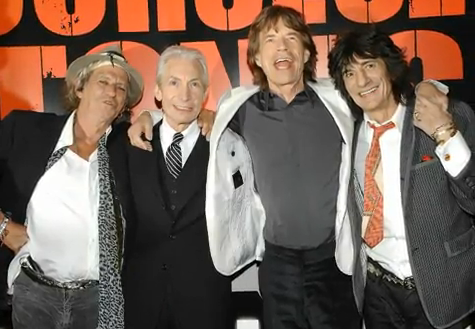
The longevity and unwavering success of the group is unrivaled in the annals of rock and roll. Even though Mick Jagger, Keith Richards, Ronnie Wood and Charlie Watts are in their late 60s and early 70s, they are still going strong and hinting of a new tour.
The Stones have sold more than 200 million records, with hits including "(I Can't Get No) Satisfaction," "You Can't Always Get What You Want," and our featured song, "Ruby Tuesday."
Released in 1967, "Ruby Tuesday" reveals the Rolling Stones' softer, more melodic side. The track hit No. 1 on the U.S. Billboard charts and was featured on two Rolling Stone albums, "Between the Buttons" and "Flowers." Rolling Stone magazine ranked the song #303 on its list of the "500 Greatest Songs of All Time."
The video below includes a photo montage covering the 50 fabulous years of The Rolling Stones. The lyrics are included if you'd like to sing along...
"Ruby Tuesday"
Written by Keith Richards. Performed by The Rolling Stones.
She would never say where she came from
Yesterday don't matter if it's gone
While the sun is bright
Or in the darkest night
No one knows, she comes and goes
Goodbye Ruby Tuesday
Who could hang a name on you?
When you change with every new day
Still I'm gonna miss you
Don't question why she needs to be so free
She'll tell you it's the only way to be
She just can't be chained
To a life where nothing's gained
And nothing's lost, at such a cost
Goodbye Ruby Tuesday
Who could hang a name on you?
When you change with every new day
Still I'm gonna miss you
"There's no time to lose," I heard her say
Catch your dreams before they slip away
Dying all the time
Lose your dreams and you will lose your mind
Ain't life unkind?
Goodbye Ruby Tuesday
Who could hang a name on you?
When you change with every new day
Still I'm gonna miss you

